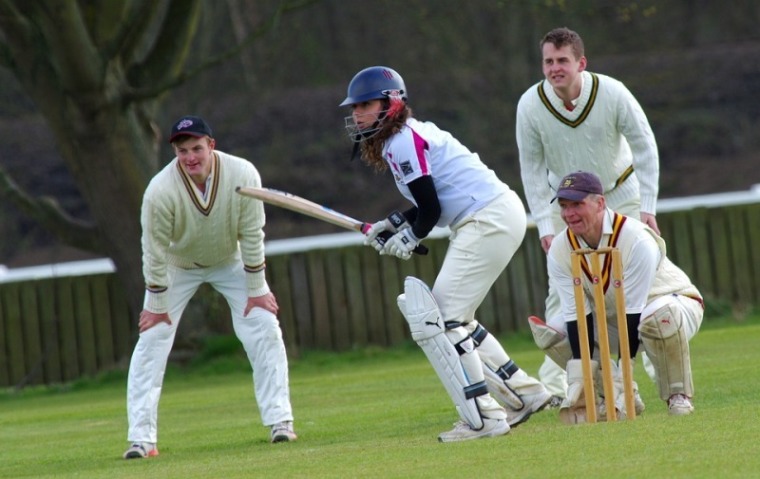
84,000 patrons turned up at the MCG this past weekend to watch the Australian women’s cricket team defeat the Indian women’s cricket team in the One Day International World Cup series.
This was 6,000 patrons short of a world record crowd to watch a women’s sporting feature.
Women’s sport in recent years has become public property in the sense that the media has given it prominence yet in reality Australian women’s sport have always been right up there.
The Hockeyroos have so many Olympic and World Cup Gold Medals that the glass display case is at breaking point. Yet to get a crowd and a half to watch the Hockeyroos is clearly a case for Speilberg movie for promotions.
The also ran’s women’s soccer team the Matilda’s have the crowds and the media but results let them down. The Hockeyroos coach should pay them a visit.
Netball is a classic example of women’s sport success. As are the basketballers and even the baseball women’s teams. The darts team does pretty well too as do the ice skaters and the gymnasts. What about the golfers and water polo and the tennis girls.
So the question is – what is the ingredient to pull the big crowds to watch women’s sport. Many have come up with suggestions and recommendations – it seems likely that a major international event is a draw card – doesn’t work for the Hockeyroos
Cricket it worked – it was World Cup Final.
Hockeyroos get money to promote their activities – Government sport funding and major sponsors - yet the crowds don’t emerge.
There is something other - as the women’s soccer team in reality don’t win – yet they get crowds and oodles of media support. There is a bias there somewhere that the media support a losing team - but not the Hockeyroos winning team.
It’s a miss-match there somewhere.
‘A league of their own’ was a movie about the USA women’s baseball league during WWII when the men were fighting a war. That illustrated the effort it took to get the crowds - personalities, media acclaim, public support, drama and the rest of it. That has been the secret to success for all sport promotions.
Our family of four children all now adults with their children of their own (three girls and one boy) all played hockey and some soccer - when growing up in Moruya, NSW south coast. Once they reached representative level there was money awash for soccer (with their top level losers) but the money box was dry for hockey (and so many Gold Medals) – pay your own way.
Has anything changed? Strange that women’s soccer get huge amounts of money and the PR but can’t win - the rest are winners and get very little – except cricket.

Dr Mark Tronson - a 4 min video
Chairman – Well-Being Australia
Baptist Minister 45 years
- 1984 - Australian cricket team chaplain 17 years (Ret)
- 2001 - Life After Cricket (18 years Ret)
- 2009 - Olympic Ministry Medal – presented by Carl Lewis
- 2019 - The Gutenberg - (ARPA Christian Media premier award)
Gutenberg video - 2min 14sec
Married to Delma for 45 years with 4 children and 6 grand children